
New Zealand: The Easter Bunny
Facts at a glance!
Weight: 9 to 12 pounds
ARBA Accepted Colors:
- Ruby-Eyed White
- Black
- Blue
- Red
- Broken (Black, Blue, and Red)
Introduction
The New Zealand is most commonly known as a commercial breed because of their fast growth rates and hardy nature, but they are so much more than that! New Zealands have gained popularity in the rabbit show scene, winning more ARBA Best in Shows than any other breed. With their gentle and docile personalities, New Zealand rabbits can also make great pets for the individual interested in a larger rabbit breed. Many images of “The Easter Bunny” happen to be New Zealands for this reason.
In this breed spotlight, we’ll explore the origins, characteristics, care requirements, and personality traits of the New Zealand rabbit!
History and Origin
Contrary to their name, the New Zealand rabbit originated in the United States in the sunny state of California!
There is some debate over the development of this breed. Some say it originated from imported rabbits from New Zealand, while others say it was developed from Flemish Giants, Belgian Hares and possibly Palominos. What is known, however, is that the individuals cultivating this developing breed were selecting for a large, fast growing rabbit that could rival other traditional commercial breeds. The New Zealand exceeded expectations in this regard, and quickly became popular by 1913.
Originally, New Zealand rabbits were known as red rabbits, but this all changed in 1917 when a litter of 4 ruby-eyed white kits were born to a red mother. The breeder they were born to was so enamored by their crisp white coats that they decided to selectively breed more in this variety.
Today, New Zealands are a well known and popular breed, primarily associated with large, white, stocky rabbits, although they are also available in red, black, blue, and broken.
Personality
New Zealand rabbits were bred to have docile, easy to handle temperaments. Because of this, they can be ideal pets and companion animals!

Physical Characteristics
New Zealand rabbits are known for their large size (9-12lbs.) and well-rounded, stocky builds. They typically have a commercial body type characterized by a well-rounded head, broad shoulders, and a muscular body.
New Zealands have short fur that is described as “fly back”, meaning when brushed from the hindquarters towards the head, their fur will quickly return to it’s original position.
They are recognized in black, blue, red, broken and ruby-eyed white. White New Zealand rabbits have a condition called albinism, where they completely lack melanin. This results in a shockingly white rabbit with pink eyes! Albinism is a recessive trait, and one of the most interesting things about it is it effectively “hides” what color the rabbit is genetically. This means that when you breed an albino rabbit to a non albino rabbit, you can get some surprise colors in the nest box!
Care and Maintenance
Caring for a New Zealand rabbit involves providing an environment that meets both their physical and mental needs. Here are some essential care requirements to keep in mind:
Housing: New Zealand rabbits can be housed indoors or outdoors, depending on climate and preference. Indoors, they should have a spacious cage or enclosure that allows them to move around comfortably. Ensure that your enclosure has a solid floor component such as a carpet square for your rabbit to rest on, lowering the risk of sore hocks. Outdoor enclosures should be secure and protected from predators, with adequate shelter from the elements.
Diet: A balanced diet is crucial for the health and well-being of New Zealand rabbits. Their diet should consist primarily of high-quality hay, such as Timothy hay, supplemented high quality rabbit pellets and fresh vegetables in small amounts. Fresh water should be available at all times, provided in a clean water bottle or dish.
Grooming: New Zealand rabbits do not require much grooming compared to other breeds such as Angoras, but regular grooming can help to foster bonding with your rabbit! Brushing them gently with a soft-bristled brush a few times a week can help remove loose fur. Additionally, you should be sure to trim their toenails regularly, every 1 to 2 months. Check out our nail trimming guide here if you are new to trimming toenails!
Exercise: Like all rabbits, New Zealands are active animals that require regular exercise to stay healthy and happy. Their larger than average size makes it all the more difficult for them to satisfy their exercise needs in a cage. Providing opportunities for daily exercise outside of their enclosure is essential. This can include supervised playtime in a rabbit-proofed area of the home or a secure outdoor space.
Veterinary Care: Regular veterinary check-ups are great for monitoring the health of New Zealand rabbits and addressing any potential medical issues promptly. They will also be able to provide any nessesary vaccinations or spay/neuters.
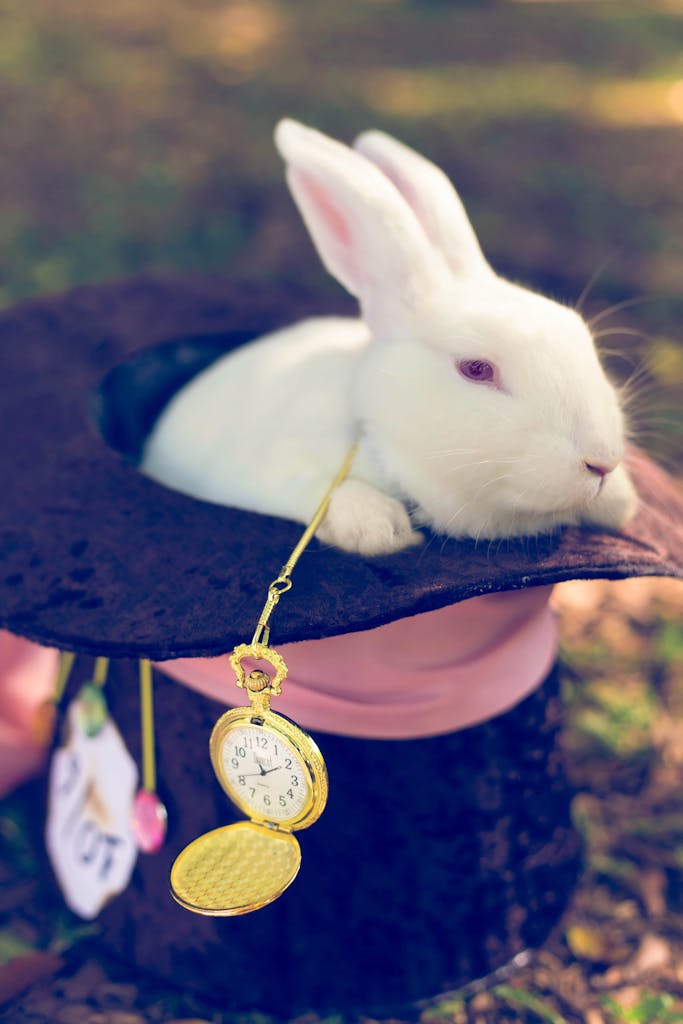
Health Considerations
New Zealands are generally very healthy, avoiding many of the genetic conditions that can cause issues for other breeds. Even so, there are still some general health considerations to keep in mind
- Sore Hocks: Larger rabbit breeds such as the New Zealand can be susceptible to a condition known as sore hocks because of the greater amount of weight they put on their feet. This is when the bottoms of a rabbit’s feet become sore and inflamed. These sore feet can lose fur (exacerbating the problem), begin to bleed, and can become infected. A predisposition to sore hocks can be genetic, but it is most commonly seen when a rabbit spends a great deal of time resting on a wire cage bottom, or to a lesser extent when a rabbit often rests on a solid, hard surface.
- Gastrointestinal Stasis: This condition occurs when a rabbit’s digestive system slows down or stops functioning properly, often due to poor diet, lack of exercise, or stress. Signs include reduced appetite, lethargy, and decreased fecal output. Prompt veterinary attention is crucial to prevent complications.
- Obesity: New Zealand rabbits can become overweight if overfed or given too many high-calorie treats. Monitor their diet closely and ensure they receive regular exercise to maintain a healthy weight!
- Respiratory Issues: Like all rabbits, New Zealands are susceptible to respiratory infections, especially if kept in damp or poorly ventilated environments. Keep their living area clean and dry and seek veterinary care if you notice signs of respiratory distress such as sneezing or labored breathing.
Conclusion
New Zealand rabbits are a common commercial breed, chosen for their fast growth and stocky builds, but their calm and docile temperaments also make them great choices as pets or competition animals! Whatever the reasoning behind your interest, New Zealands are awesome rabbits that might just be the perfect choice for you!
Looking for similar breeds?
Check these out!
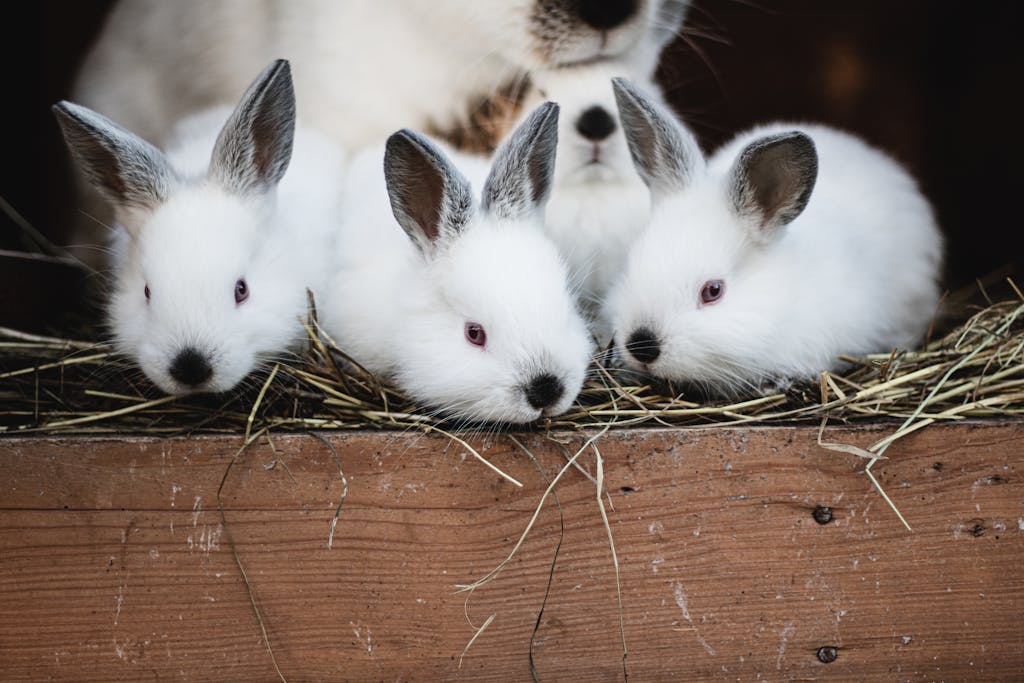
Californian
Californians are a similar breed traditionally raised as a commercial breed.
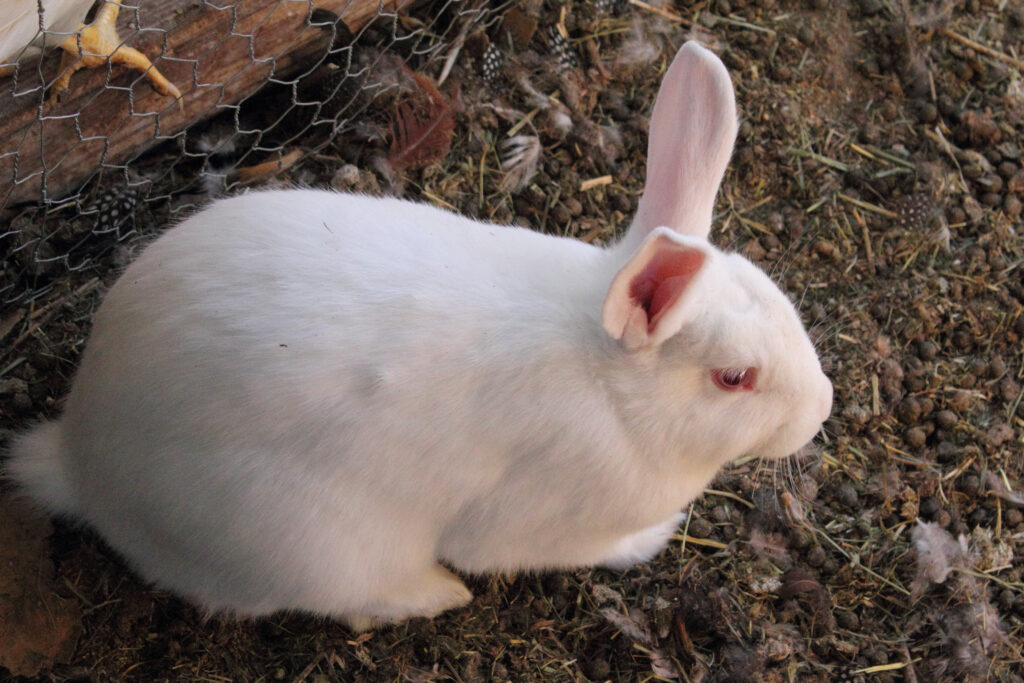
Florida White
Florida Whites resemble a smaller, slightly less stocky version of the New Zealand.
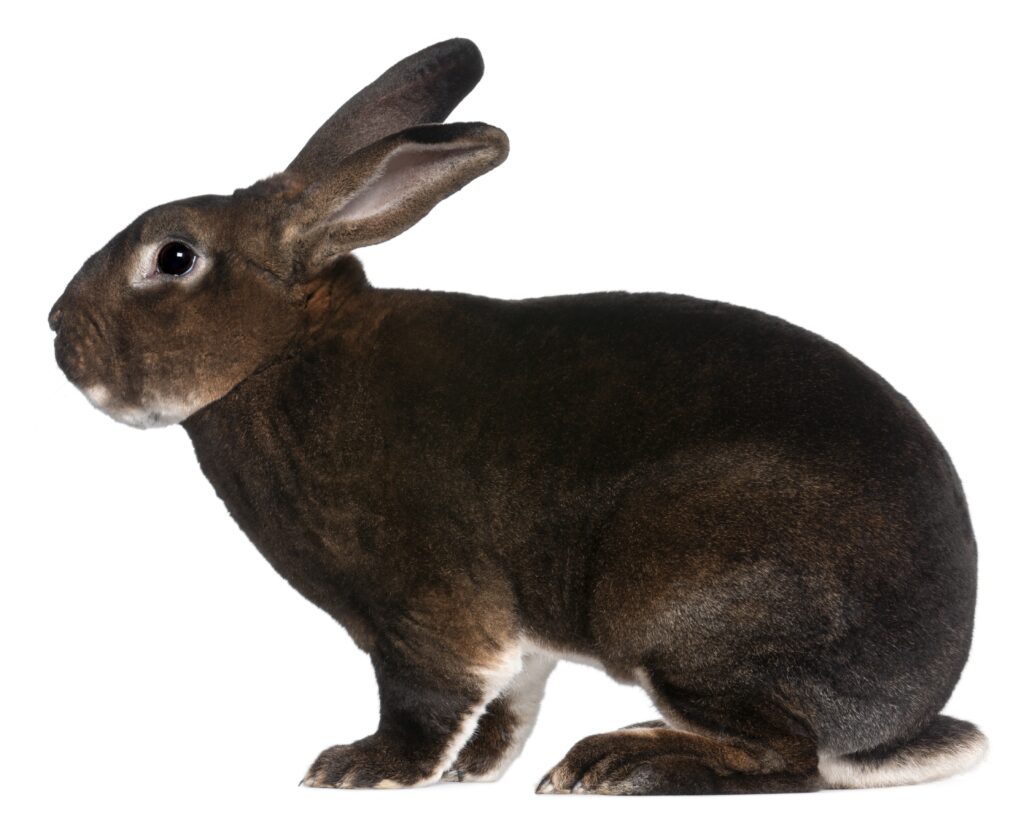
Rex
Rex rabbits have a similar size and build compared to New Zealands, with an exotic fur texture.

Cinnamon
Cinnamons have a similar size and build to New Zealands, and are also traditionally raised as a commercial breed.
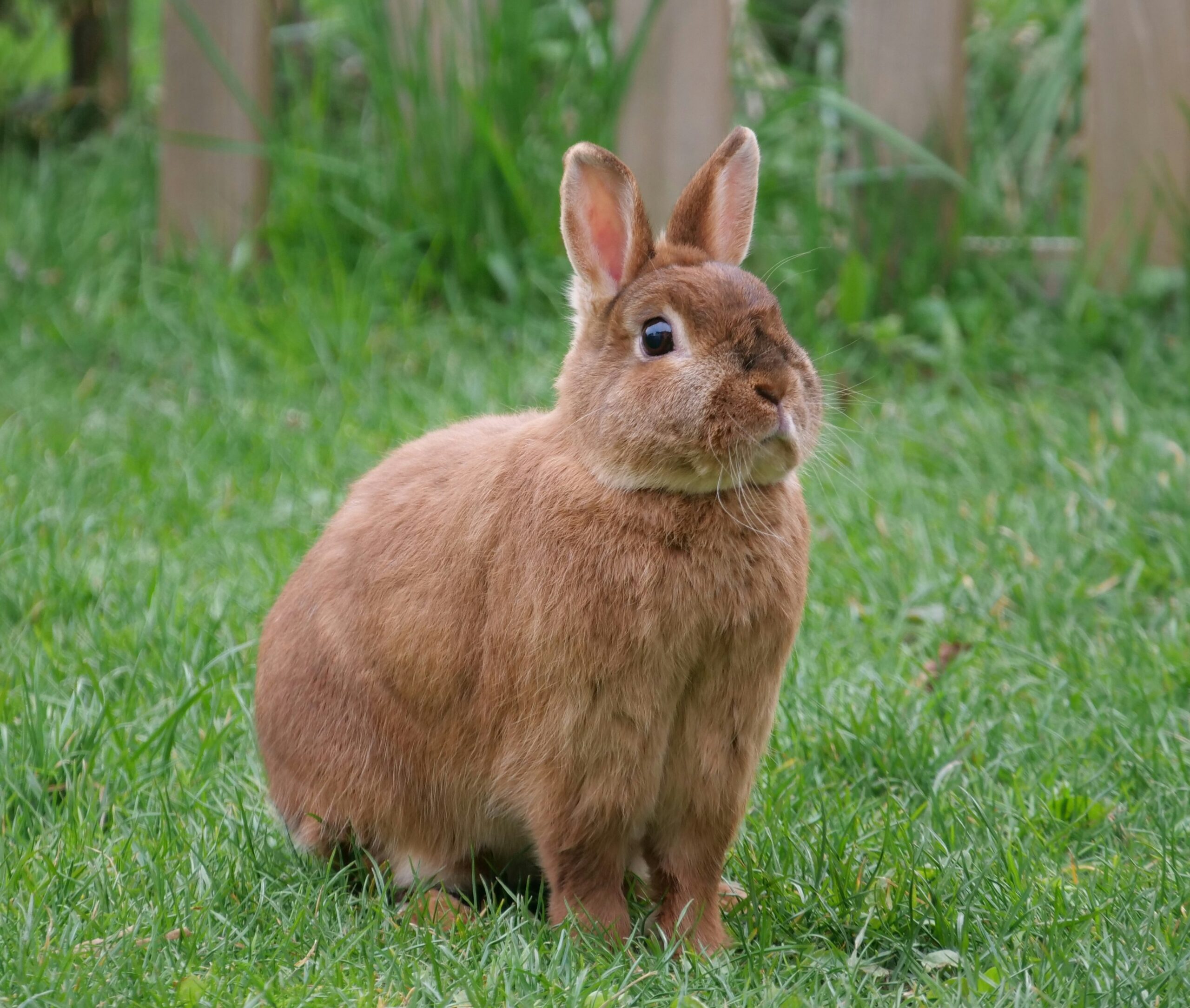
Clover Patch Rabbitry
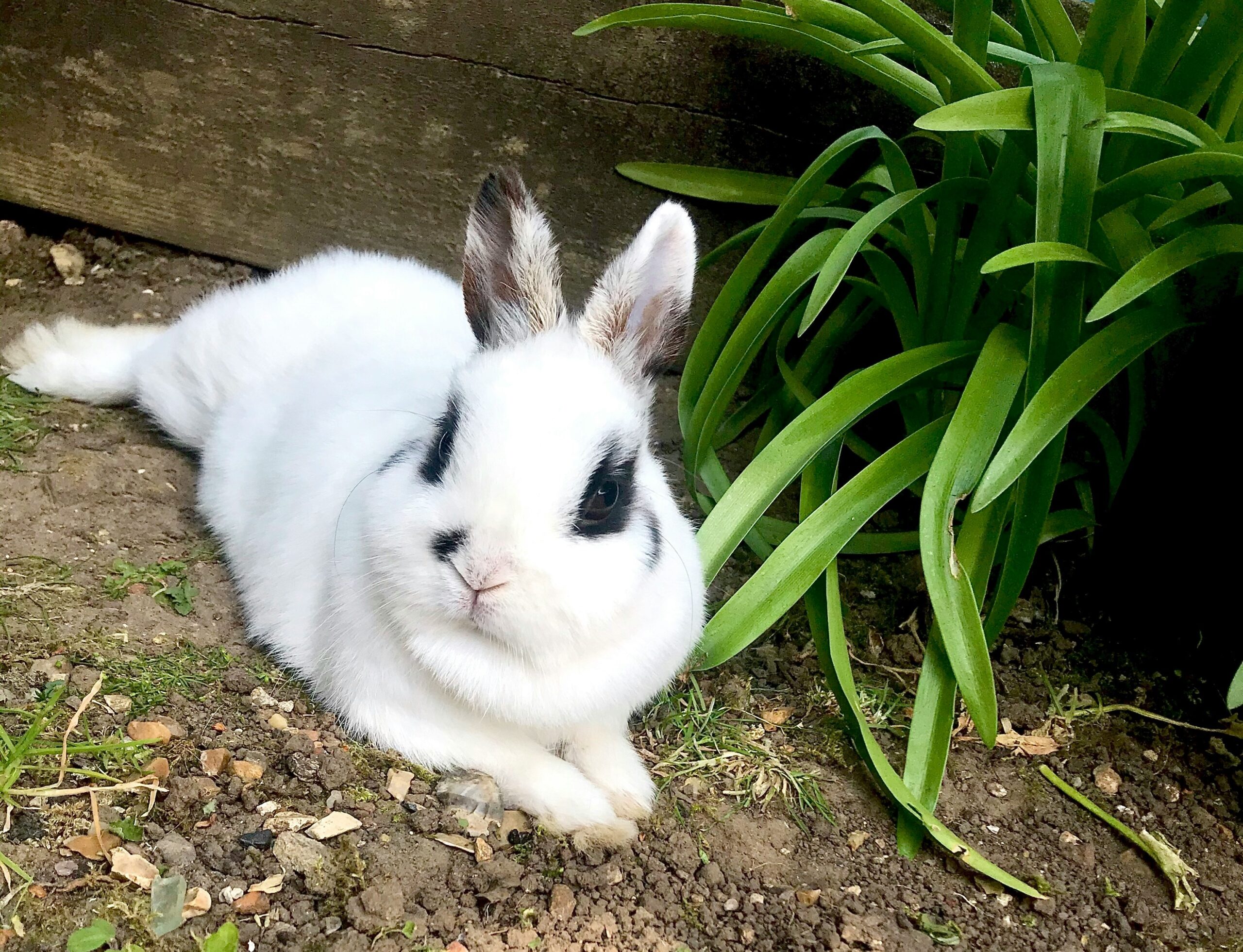
Cotton Tail Cottage
See a Picture Missing?
Here at Hutch Happiness we want to showcase YOUR rabbits! If you have a photo of a rabbit you would like to share, reach out to me at Emily@hutchhappiness.com. Along with your rabbit photo we are happy to provide a link to your rabbitry website if available.
